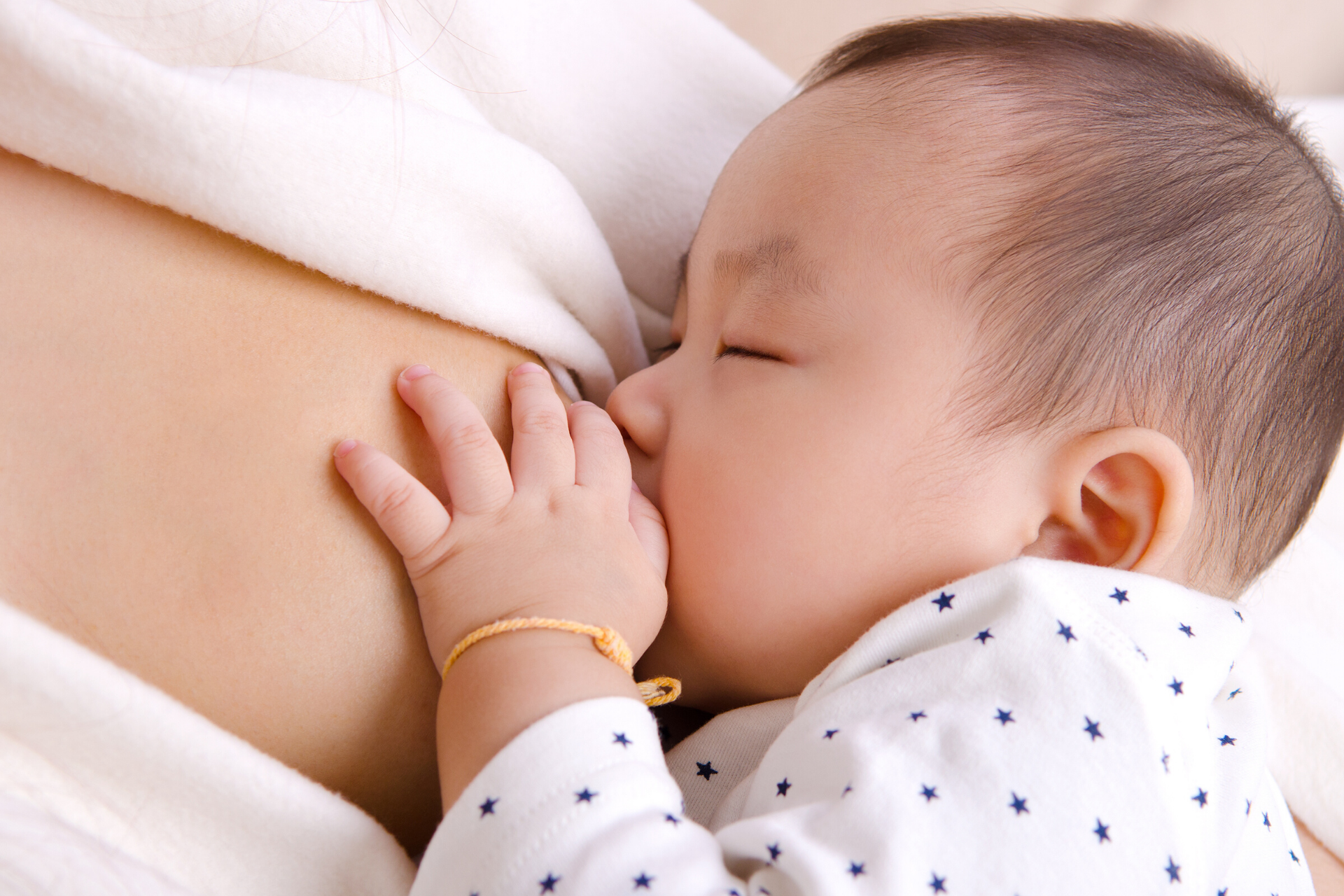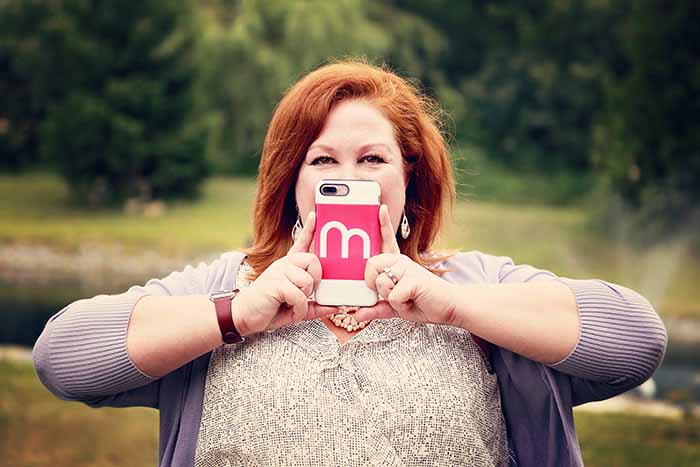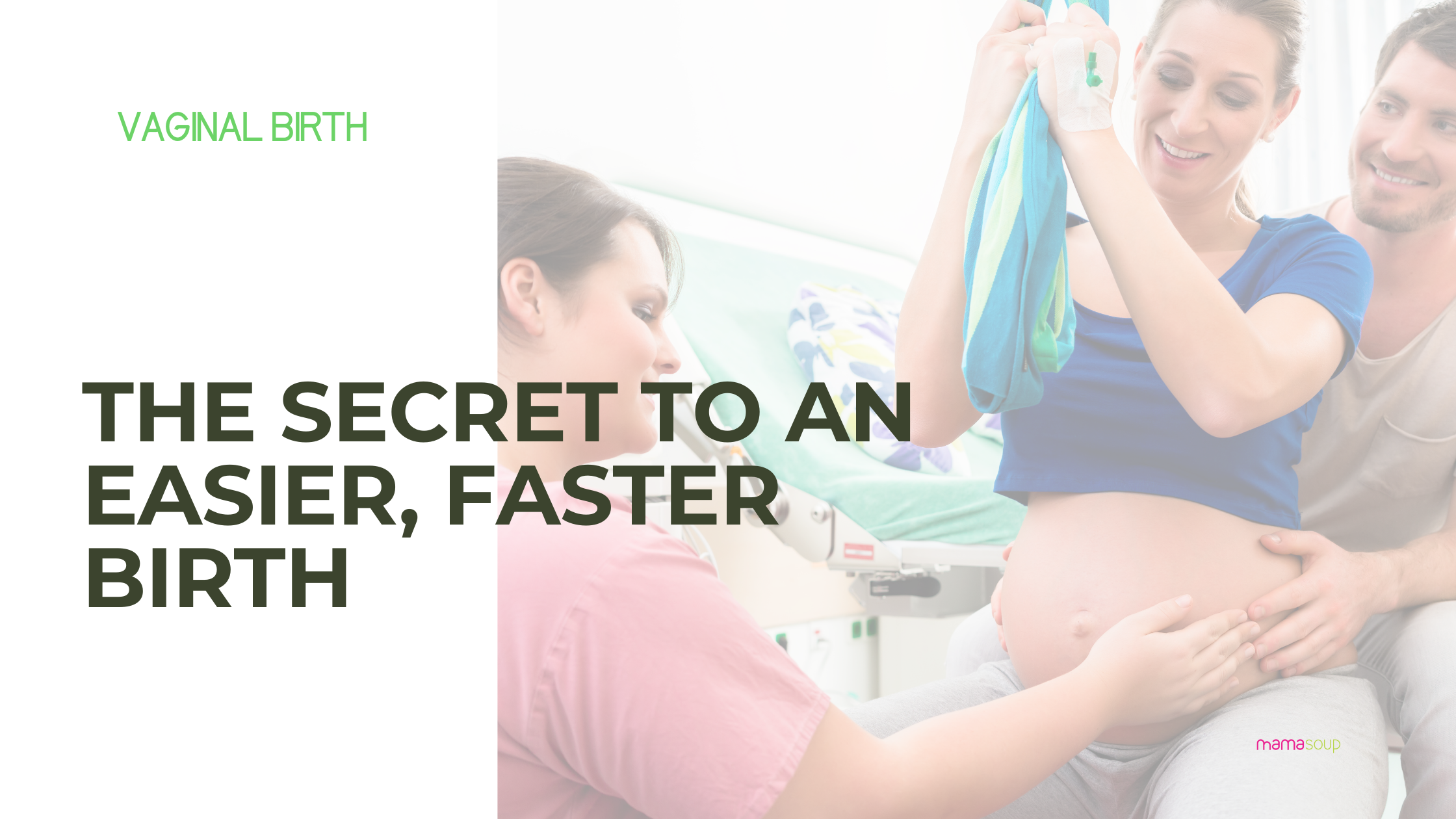Breastfeeding Benefits: is it Really that Much Better for your Baby than Formula?
We’ve known for a long time that breastfeeding benefits babies. It's scientifically true that breastfeeding is the best nutrition you can provide for a baby, but did you know that breastfeeding is important for your health as well, Mama? This is why the World Health Organization (WHO) recommends exclusive breastfeeding for the first six months of life, and then continued breastfeeding for two more years.
In most countries, breastfeeding is the normal way to feed infants and supplementing with formula only happens when it’s medically needed.
Table of Contents:
Is this post about bottle-shaming?
Fuck no! Even though I'm a childbirth nurse, doula and Lamaze childbirth educator, I'm a true believer in doing what's best for you and your baby.
If you want to read more about that, click below!
Breastfeeding is Good for EVERYONE!
Breastfeeding is GOOD for babies because:
-
It decreases the risk of ear infections, skin conditions, gastrointestinal illness, respiratory infections, asthma and Sudden Infant Death Syndrome (SIDS) ( HELLO COVID-19 and FLU )
-
It promotes the development of the brain
-
Evidence shows that it protects your baby against obesity, Type 1 AND Type 2 Diabetes, cardiovascular disease, some autoimmune diseases, allergies and childhood leukemia.
-
It exercises muscles in the jaw that aren’t used during bottle feeding
Breastfeeding is GOOD for women because:
-
It reduces the chance of postpartum hemorrhage and reduces postpartum bleeding
-
It reduces risk of developing breast cancer
-
It aids in returning to their pre-pregnancy weight
-
If breastfeeding is exclusive AND baby-led it’s an effective method of birth control
Breastfeeding is GOOD for society because:
-
Breast milk is FREE
-
Breastfeeding is environmentally friendly
-
Breastfeeding encourages stronger bonds between moms and their babies
Is Breast Milk Really so Much Better Than Formula?
Breast milk is kinda like a fingerprint- it’s totally unique. While “Fed is Best”, we just can’t deny that breast milk is nutritionally superior for a baby. Here’s some interesting facts about the difference between human milk and formula:
-
your milk is created to match more than 50% of your baby’s genetic material and that just can’t be recreated in any other form of infant feeding.
-
breast milk changes to suit your baby’s needs, unlike formula which just remains static.
-
Breast milk coats your baby’s gut to prevent her from becoming sick with gastrointestinal and respiratory disease, which formula fed babies are more likely to suffer from.
-
Breast milk contains flavors from your diet which will make your baby more familiar with mature foods.
-
When a baby drinks formula, they become more likely to develop allergies. Interestingly, babies will absorb approximately 50% of the iron in breast milk but only 7% of the iron in formula.
(RELATED: How to Breastfeed: the First 48 Hours) * This post includes free diagrams and printables for latching your baby properly, how to hand express your breastmilk and how to properly store breastmilk! Click to read more.
What’s in Colostrum?
Your body makes colostrum in the latter part of pregnancy and early after delivery. It’s referred to as “liquid gold” because of its color and density. Your newborn’s tummy is only the size of a chickpea so a lot of nutrition isn’t required. Colostrum is mainly protective in nature and it coats the baby’s gut to prevent illness (how cool is that?). Babies are born with a thick, sticky (really sticky!), tar-like stool lining their bowels that they need to pass in the first day or two. Colostrum has a laxative effect which helps the baby pass the meconium more effectively.
In case you were wondering, here’s what’s actually in your colostrum:
-
Protein, sodium, zinc, chloride, potassium, vitamins A & E and white cells
-
Secretory Immunglobulin A (sIgA) which is highest immediately after delivery and is responsible for protecting against virus and bacteria
-
Growth factors
What’s in Transitional Breast Milk?
Here’s what’s really cool about breast milk- it changes to meet the needs of your baby! When your newborn is only a couple of days old, she needs milk that will protect her from illness while providing some nutrition as she transitions from life outside of the uterus.
Transitional milk is created after the colostrum. It lasts for a few days before changing again to mature milk.
Transitional milk is made of:
-
Fatty acids that are similar to what the baby experienced in the uterus
-
Higher levels of protein, sodium and chloride than mature milk
-
Lower levels of lactose than mature milk
What’s in Mature Breast Milk?
Sometime, when your baby is around four days old, your breast milk changes again to support the nutritional needs of your baby. You’ll often hear moms referring to this as “milk coming in”, but the truth is that you had milk the entire time. Mature breast milk is all the food your baby needs for the next 6 months!
Can you believe that? No shopping, sterilizing or mixing bottles. It’s all right there in your breasts, Mama.
Mature Breast Milk is made of:
-
Up to 85% of water
-
Lower amounts of protein than in colostrum or transitional milk. ( FUN FACT: Human milk has the lowest amount of protein of all mammals.)
-
Casein and whey proteins
-
Growth factors.
-
19 amino acids
-
Lactose, which supplies about 40% of your baby’s energy needs
-
Fats which are vital to the growth and development of your baby’s brain, vision and nervous system.
-
Minerals.
-
Immunoglobulins and anti-infectious agents.
How Will I Know if my Baby is Getting Enough?
If I had a dollar every time I heard this one! Not being able to 'see' the milk can be really hard for some women. Especially if you're a get results-kinda girl! Many parents don’t like the idea that they can’t actually see the amount of breast milk the baby is drinking and they believe that bottle feeding is a better option.
I'd love to give you some kind of a chart, but the truth is that babies are all different:
Exclusively breastfed babies between one month and six months typically drink between 25mls - 75 mls ( .85oz - 2.54oz)
Keeping in mind that all babies are different, you can use the calculator below to use your baby's weight in ounces to determine how much breastmilk you should put in a bottle if you are unable to breastfeed.
1) Convert baby's weight into ounces - eg: 8.4 lbs baby is equal to 134 oz
2) Use the slider to choose how many ounces your baby weighs
3) Note how much breastmilk to put in the bottle
Your baby may not take all of the breast milk and she may want more. If that's the case, adjust accordingly.
If you're eager to successfully breastfeed, it’s absolutely crucial to keep the baby skin-to-skin and offer her your breast in the hours after birth.
If breastfeeding is slower to establish because of your birth experience, illness or medications, you many worry that your baby isn't getting enough and wonder if you should be supplementing with formula.
This is very rarely necessary.
In fact, introducing formula will put the baby at greater risk of developing illness and it may interfere with successful breastfeeding.
It’s often easy for a woman to doubt her ability to breastfeed, especially if it’s her first time. Breastfeeding is a learned art, and both mom and baby are brand new at it.
Girl, don’t let doubt creep into your breastfeeding relationship with your baby.
Dehydration Symptoms
How to tell if your breastfed baby is dehydrated.
Obviously if you're concerned about dehydration in your baby, you're going to go and see a health professional. But if you're wondering what to look out for, I've got you covered:
Dry mucous memebranes:
-a dry or sticky mouth
-lack of tears when crying
Sunken eyes
Sunken soft spot on the top of the head
Not enough wet diapers for age
Irritability
Dry, cool skin
Drowsiness
Always remember that what goes into your newborn must come out. Your baby should be having as many pees and poops as their days of life:
A breastfed baby from a month and older, should be having at least 4-6 wet diapers a day. The urine should not be a concentrated colour, but more the colour of straw.
Breastfed Baby Poops
Here are examples of what your newborn baby's stools are going to look like:
Figure 1- Meconium Stool (First 24 Hours)
Figure 2- Transitional Stool (Day 2-4)
Figure 3- Breast Milk Stool (After day 4)
Final Breastfeeding Tips
If you’re allowing your baby to stay skin-to-skin with you for long periods and feeding at the breast whenever she wants, you’re providing the opportunities for a blissfully breastfed baby.
You can’t spoil a newborn and she won’t want to breastfeed just to use you as a soother.
Some babies feed for 10 minute feeds, some feed for 20 and some will feed for 40 minutes. Some babies feed 14 times a day and some feed 10.
Here is the most important thing to remember:
Your body is amazing.
Each of your breasts has its own capacity to make and hold milk and each baby has a different appetite.
The BEST way to know if your baby is eating enough is to look at the baby and take your cues from her:
-
Does she let go of the breast on her own?
-
Does she end feedings happy and relaxed?
-
Are her hands unclenched after feeding, is she happily sleeping?
-
Does she have the appropriate amount of wet diapers?
**If you answered no to any of these questions, you may need to make some changes:
-
adjust your latch
-
drink lots of water
-
eat more- your calorie intake to include 500 more calories per day
-
rest in bed for a day with the baby
-
do breast compressions during feedings
-
consult with a Lactation Consultant.
More amazing breastfeeding info from Mamasoup:
How Weed Affects Your Breastfeeding Baby
Everything You Want to Know About Coffee and Breastfeeding
Post Gallery
Hey there, I’m Joanne.
I’ve spent about 20 years serving women as a nurse, doula and Lamaze educator. I have 4 kids and I know firsthand how lonely and isolating motherhood can be, so I created MamaSoup. I'm mostly known for my love of red wine, spontaneously singing and my confidence in being my true self on social media. When I’m not busy building women up, you can catch me taking Instagram stories of my bulldog Ruby, watching The Handmaid’s Tale, playing MUber (Mom Uber) to my kids or vacationing in my favourite town: Cabo San Lucas, Mexico.
I love serving the world by providing a space for moms to connect and support each other. In my opinion, moms are the backbone of communities because they are (literally) raising the future!
As the founder and CEO of MamaSoup, I’ve been featured on CHEX TV Morning Show, KawarthaNOW, Economic Development- The City of Kawartha Lakes and MyKawartha.
Still with me? Join me over at MamaSoup to keep the conversation going!
Read More










